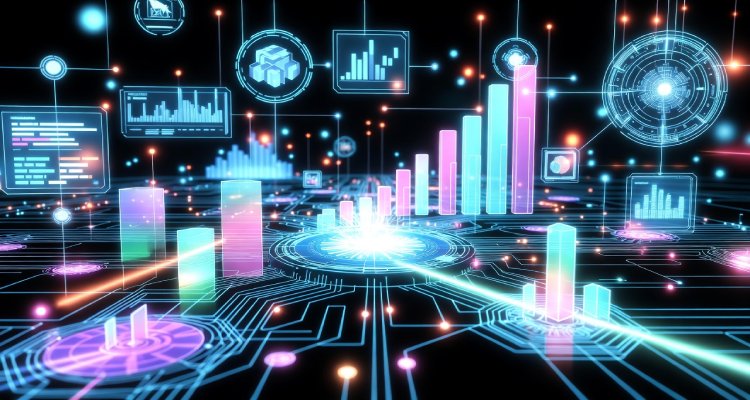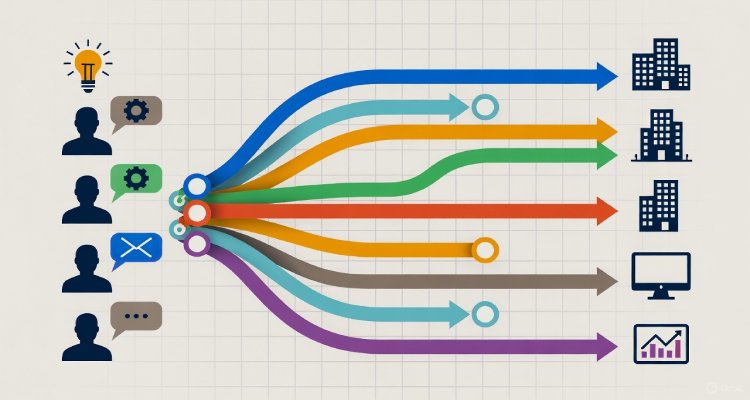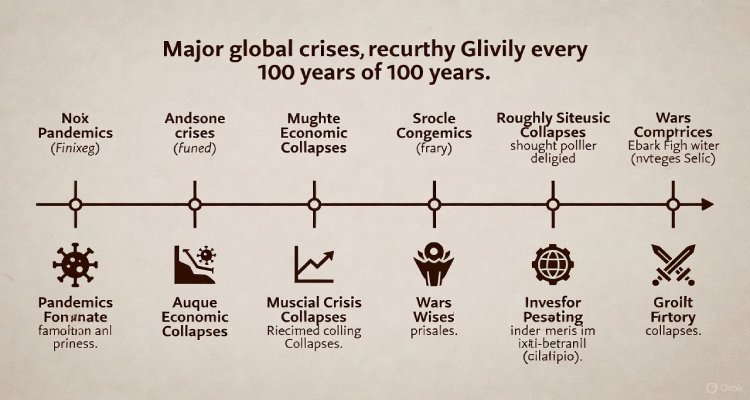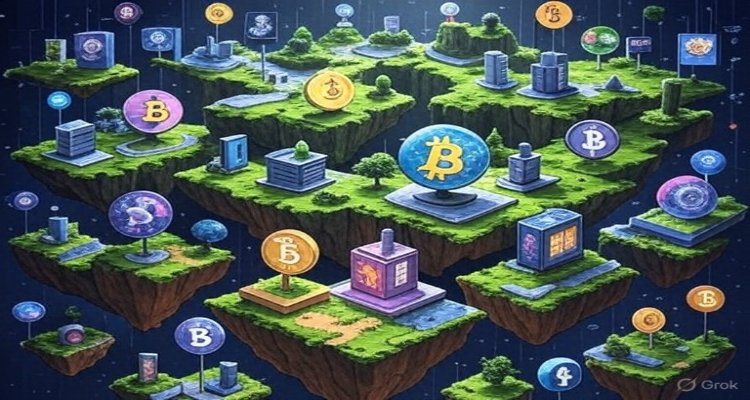Businesses That Make Billions Selling Things That Don’t Exist
From virtual real estate to carbon credits, discover how billion-dollar industries profit from products that don’t physically exist—but hold immense value.
Introduction: The Invisible Gold Rush
In 2024, a parcel of “land” in a world that doesn’t physically exist sold for over $4 million. The buyer couldn’t walk on it, build on it in the traditional sense, or even touch it—but in the digital realm, it was prime property. Welcome to the age where billion-dollar businesses are built on selling things you can’t hold, see, or store in your garage. Whether it’s pixels, promises, or rights to an idea, the modern economy has redefined value beyond physical boundaries.
The Shift from Tangible to Intangible Wealth
Historically, commerce revolved around the exchange of tangible goods—gold, oil, food, manufactured items. But the 21st century has introduced a new category of high-value assets: intangible commodities. These aren’t just “ideas” in the abstract sense—they are structured products or services with legal, digital, or cultural frameworks that make them marketable.
From cryptocurrency tokens to software licenses, the common thread is scarcity—real or perceived. In an economy driven by technology and global connectivity, ownership is no longer confined to the physical world.
The Billion-Dollar Invisible Markets
1. Virtual Real Estate
Platforms like Decentraland and The Sandbox have turned metaverse plots into a speculative goldmine. Investors and brands—from fashion houses to entertainment giants—are paying millions for virtual storefronts and event spaces. The catch? These “lands” exist solely on blockchain servers.
2. Carbon Credits
Corporations worldwide purchase carbon credits to offset emissions, creating a multi-billion-dollar market for something entirely intangible. No physical product exchanges hands—just certificates that represent a promise to reduce greenhouse gases elsewhere.
3. Cryptocurrencies & NFTs
Bitcoin alone has a market capitalization exceeding $1 trillion, despite having no physical form. Non-fungible tokens (NFTs) take this further, selling ownership rights to unique digital files—art, music, even tweets—for millions.
4. Futures & Derivatives
In global finance, trillions are traded daily in futures contracts and derivatives—agreements tied to the future price of goods, currencies, or indexes. No barrels of oil or bushels of wheat are exchanged—just financial instruments tied to market movements.
5. Licensing & Royalties
Software companies like Microsoft or Adobe make billions selling licenses—not the actual software as a physical disk, but permission to use their intellectual property.
Why We Buy What Doesn’t Exist
Economists argue that this isn’t irrational—it’s a redefinition of value. Dr. Amanda Reyes, an economist at the London School of Economics, explains:
“Value is based on utility, scarcity, and demand. Whether it’s a diamond or a digital file, if people agree it’s worth something, markets will form around it.”
In many cases, these “non-existent” products deliver real-world benefits—carbon credits contribute to climate goals, software licenses power global businesses, and virtual spaces host events that generate revenue.
Public Perception: Fascination Meets Skepticism
Public sentiment ranges from excitement to outright disbelief. Tech enthusiasts hail this as the next frontier in economics, while skeptics liken it to speculative bubbles. Social media often erupts in debates when a pixelated NFT sells for the price of a luxury home. Yet the flow of capital suggests these markets aren’t slowing down anytime soon.
Risks and Criticisms
- Volatility: Prices in intangible markets can swing wildly.
- Regulatory Uncertainty: Many governments are still catching up with how to tax or regulate digital-only assets.
- Ethical Concerns: Critics argue some industries—like carbon credits—can be exploited for “greenwashing” without real environmental impact.
The Road Ahead: Expanding the Unseen Economy
Analysts predict that by 2030, the intangible economy will rival, if not surpass, the physical goods market in value. The metaverse, AI-generated IP, and new forms of digital ownership could create entire sectors built on the unseen. Businesses that adapt early stand to profit enormously—whether their products exist in a warehouse or in a line of code.
Conclusion: Redefining Reality in Business
The success of these industries underscores a fundamental truth: in the modern economy, value is not tied to tangibility—it’s tied to perception, trust, and network effects. Businesses selling “things that don’t exist” are not merely anomalies—they may be the blueprint for the next century of commerce.
Disclaimer: This article is for informational purposes only and does not constitute financial or investment advice.











